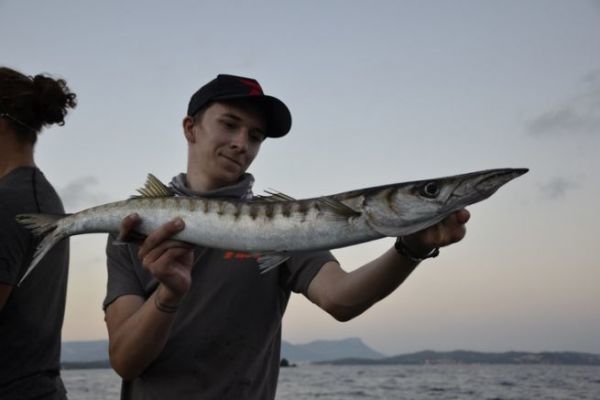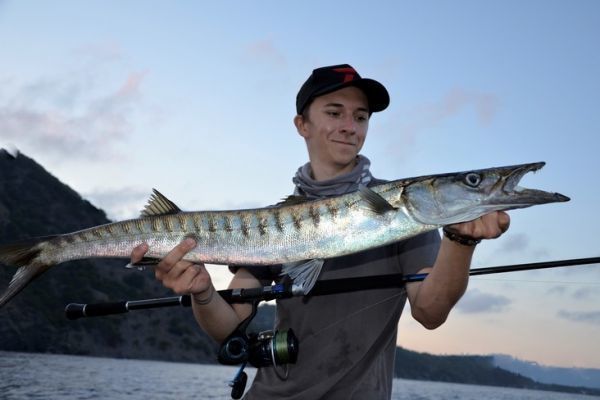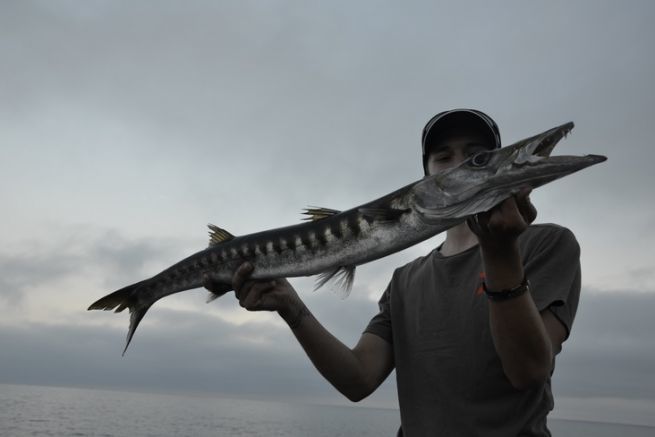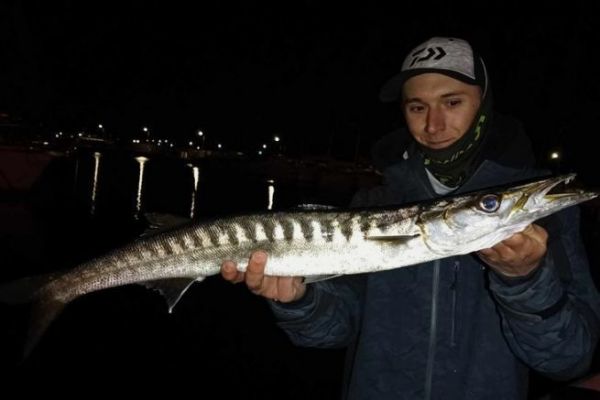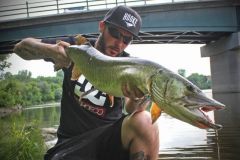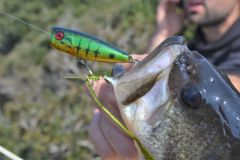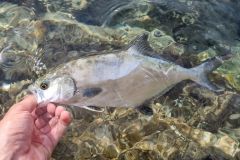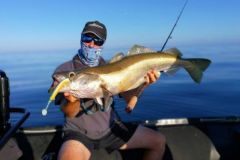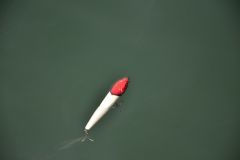In summer, surface fishing
The barracuda is a fish that can be very aggressive during its periods of activity. When they're on the hunt, they don't hesitate to attack surface lures, much to the delight of fans of violent attacks. When water temperatures exceed 21 degrees, popper fishing is surely the most interesting. As always, sunrise and sunset are the best times for popper fishing. Fish approach the surface and submerged rock heads, on the lookout for prey passing by.
Animations should be as slow as possible, the aim being to imitate wounded prey unable to escape. Short "pops" followed by long poses are sure to trigger attacks. Stickbaits can also be used, but the popper remains the most effective.
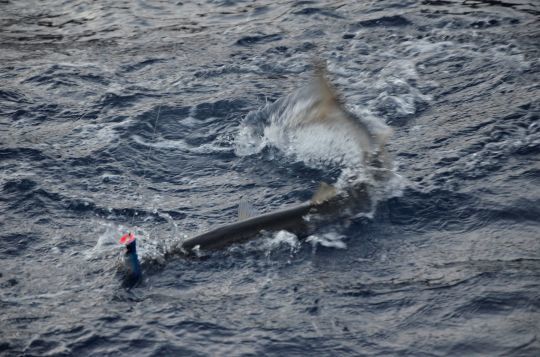
In winter, when the water is cold
Barracuda reproduction takes place between spring and summer, so when winter arrives, the fish of the year reach sizes of around 10 to 20 cm. This species is particularly cannibalistic at this time of year. To fish for barracuda in winter, you need to imitate a juvenile barracuda as closely as possible. The most realistic lures are longbill minnow jerkbaits, which come in different sizes to suit the prey you want to imitate.
Casting works relatively well, but the boat also allows us to troll, a very effective technique for targeting barracuda. Its territorial tendency leads it to follow the lure for several dozen meters, then attack it if the presence of the lure annoys it too much.
Choosing the right zones
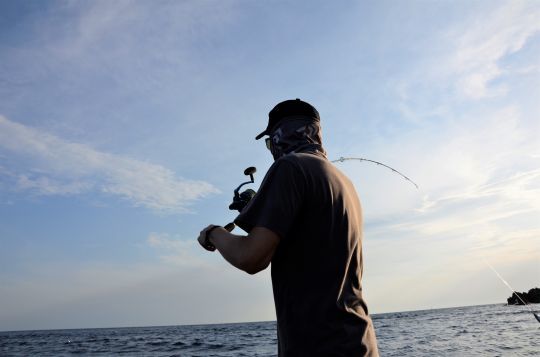
The barracuda is a very territorial fish, with schools of several individuals returning to the same areas each year to feed or reproduce. Identifying a suitable area is therefore very important to ensure the sustainability of our fishery over the years. Only abrupt weather changes can cause the fish to move for a few days, then return to their preferred areas.
Of course, I can only advise you to release as many fish as possible, especially if they are less than 70 cm long, to ensure reproduction and maintain a stable population in the future. The barracuda is not an endangered species, but protecting breeding individuals remains a priority.

 /
/ 